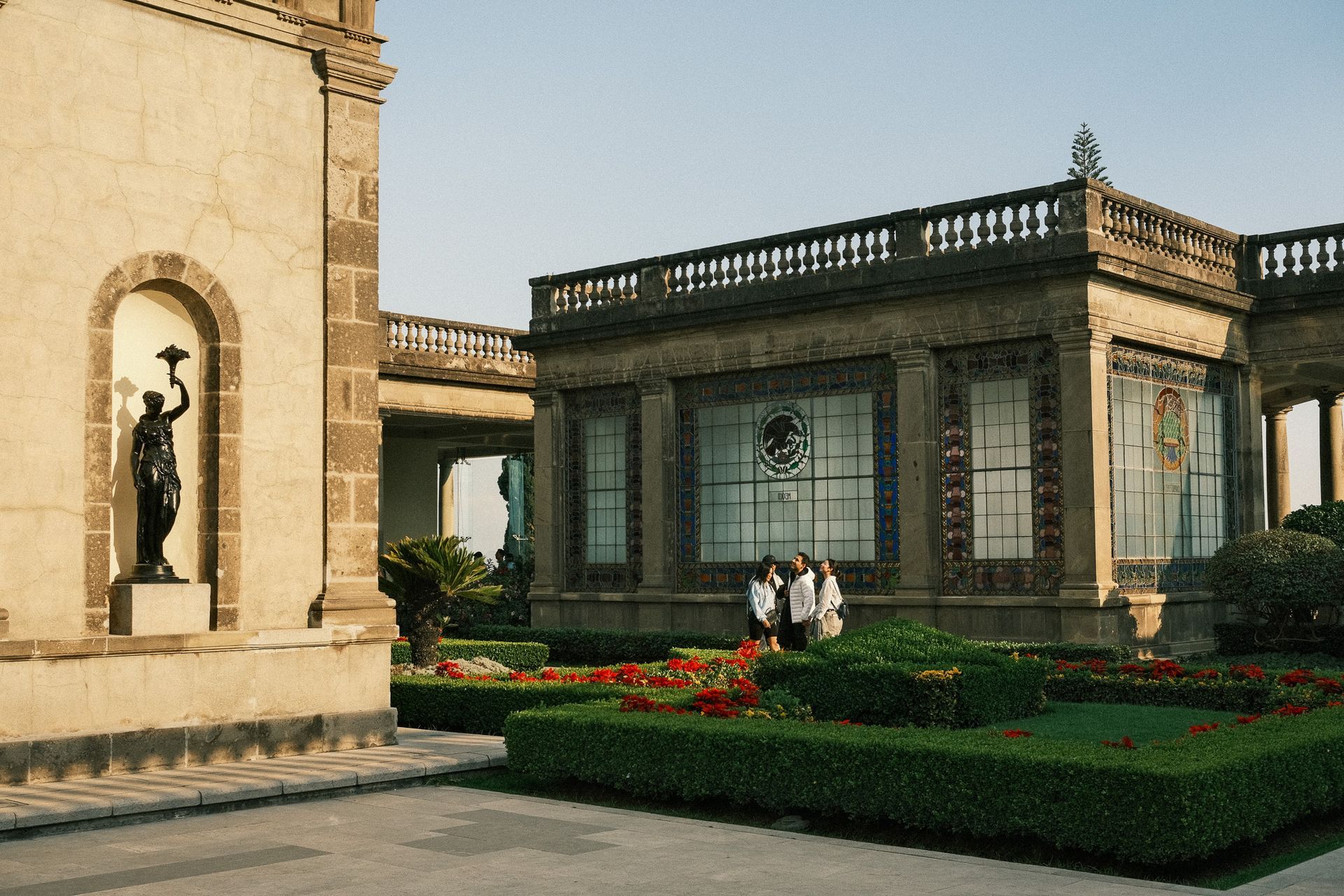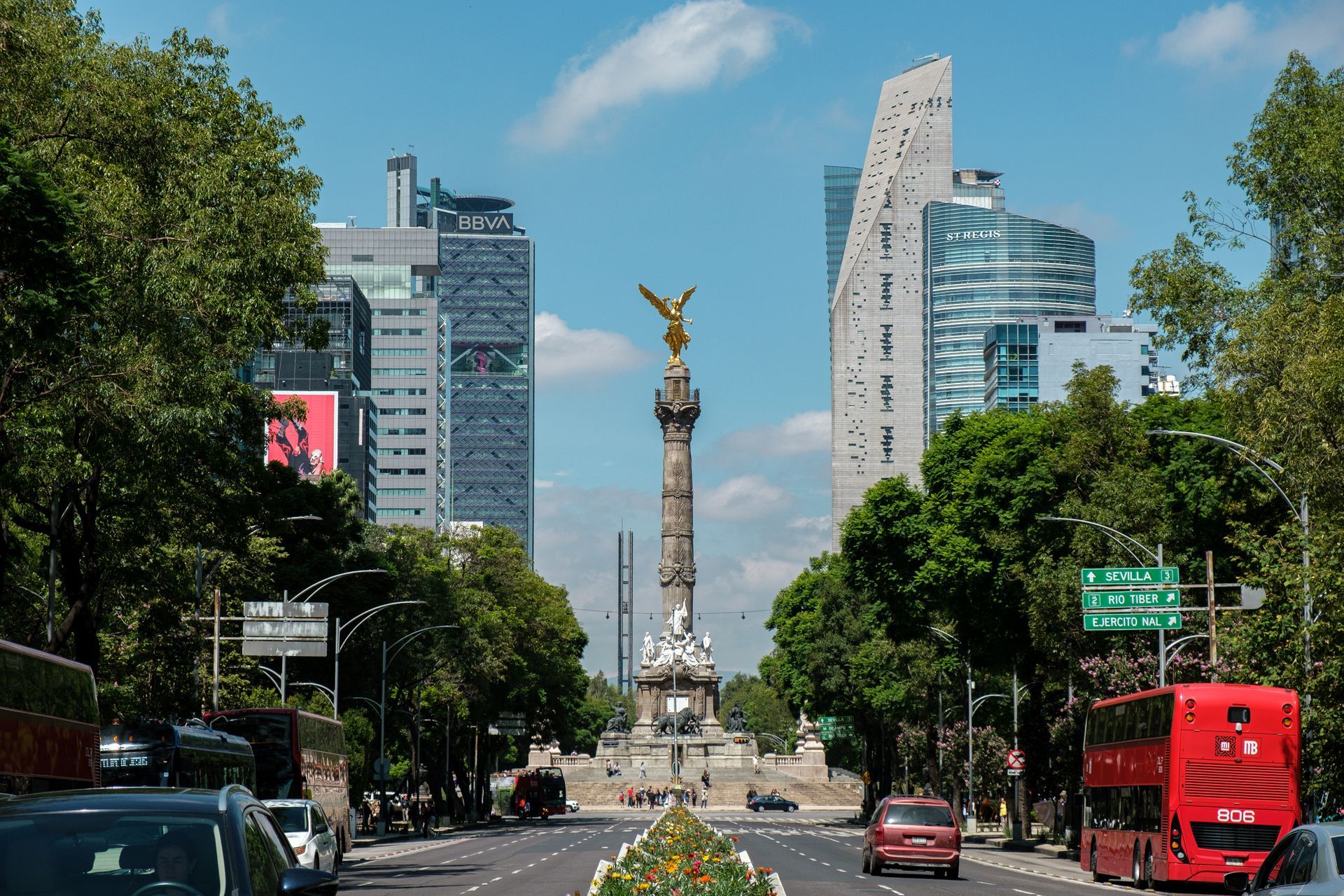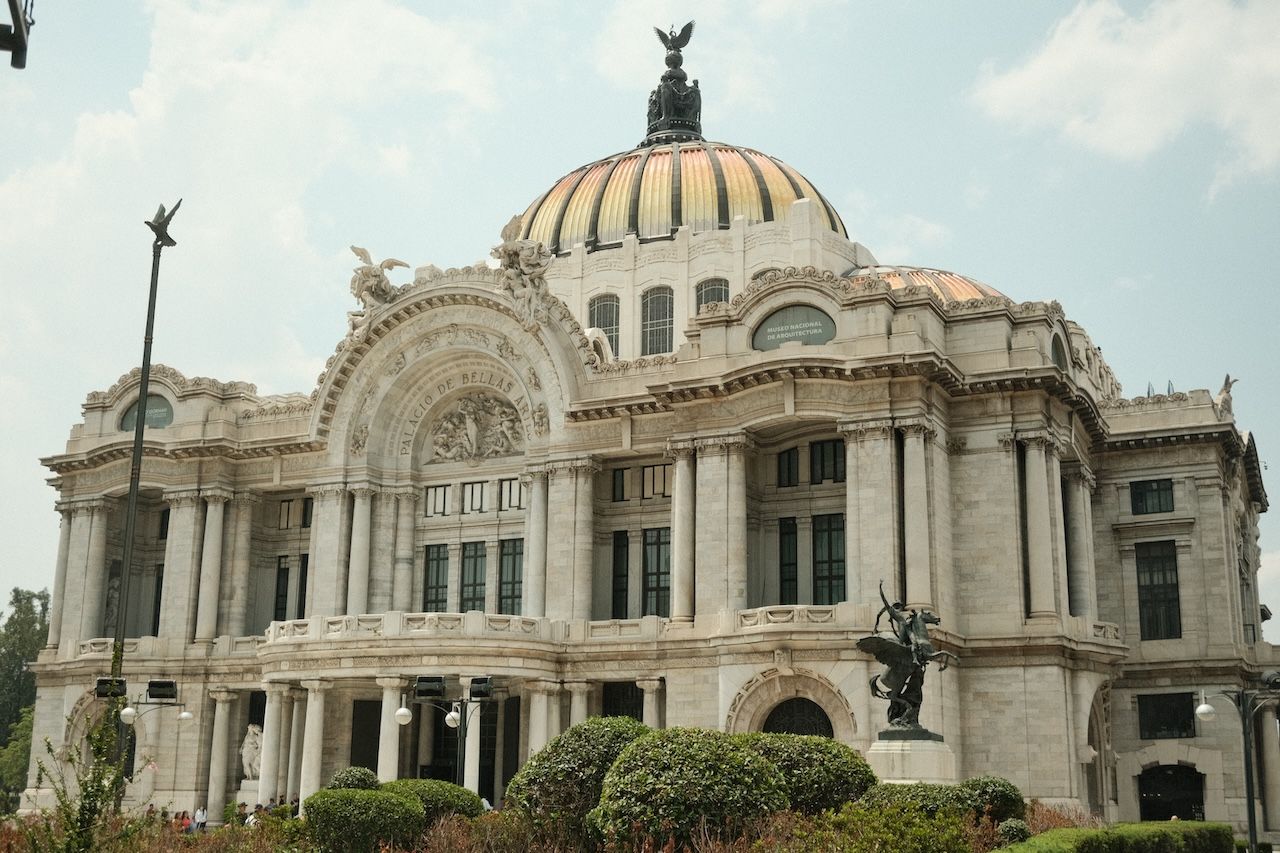
A Weekend Guide to Exploring Mexico City's Cultural Gems
A Weekend Guide to Exploring Mexico City's Cultural Gems
Nestled in the heart of Latin America, Mexico City is a vibrant metropolis bursting with history, art, and culture. With so much to see, you might wonder how to make the most of a weekend in this dynamic city. Fear not—we’ve created a guide to help you discover Mexico City’s cultural gems in just two days, highlighting everything from ancient history to contemporary art.
Day 1: History, Architecture, and Art
Morning: Begin at the Zócalo and Templo Mayor
Start your weekend at Mexico City's historical core—the Zócalo, or Plaza de la Constitución. The Zócalo is one of the largest city squares in the world and has been the site of pivotal events throughout Mexican history. Spend time admiring the surrounding colonial architecture, including the grand Metropolitan Cathedral.
Next, make your way to the Templo Mayor, an archaeological wonder that was once the heart of the Aztec Empire. The ruins of this ancient temple, now an open-air museum, will give you a glimpse into the fascinating history of Tenochtitlan, the city that stood before Mexico City. The adjacent Templo Mayor Museum offers a deeper look into the rich Aztec culture, with exhibits featuring fascinating artifacts.
Lunch: Authentic Mexican Cuisine at Mercado San Juan
Once you've taken in the history, head to Mercado San Juan, a beloved market known for its diverse culinary offerings. Enjoy authentic street food like tacos al pastor or sample exotic fruits you won’t find anywhere else. Let the vibrant market atmosphere and friendly vendors set the tone for an authentic local experience.
Afternoon: Stroll Through Bellas Artes
After lunch, head to the Palacio de Bellas Artes. This iconic building, known for its stunning white marble facade, is both a performance hall and an art museum. Inside, you’ll find the works of Mexico's greatest muralists, including Diego Rivera. Be sure to step into the Museo Nacional de Arte (MUNAL) next door, where you can continue exploring Mexico’s rich artistic heritage with exhibits spanning colonial to modern Mexican art.
Evening: Mariachi Music in Plaza Garibaldi
For the evening, embrace Mexico City's vibrant music culture with a visit to Plaza Garibaldi. Here, mariachi bands gather every night, creating an electrifying atmosphere filled with traditional music and dance. Grab a drink at Salon Tenampa, a historic cantina, and enjoy the melodies while experiencing a key part of Mexico’s cultural fabric.
Day 2: Modern Culture and Green Spaces
Morning: Chapultepec Park and the National Museum of Anthropology
Begin your day with a visit to Chapultepec Park, one of the largest city parks in the world. Take a stroll around the serene lakes or explore the lush pathways before heading to the National Museum of Anthropology, one of Mexico’s most prestigious museums. This museum offers a comprehensive look at Mexico's pre-Hispanic cultures, including an extensive collection of artifacts from the Aztec, Maya, and other indigenous civilizations. Don't miss the iconic Aztec Sun Stone, a centerpiece of the collection.
Lunch: Picnic in the Park or Lunch at El Lago
Enjoy lunch within Chapultepec Park. You could have a relaxed picnic with treats you’ve picked up from a local bakery or visit El Lago, a sophisticated lakeside restaurant offering stunning views and a taste of traditional Mexican cuisine with a modern twist.
Afternoon: Explore the Streets of Roma and Condesa
In the afternoon, head to the neighborhoods of Roma and Condesa, known for their bohemian charm and leafy streets. Explore Parque México and Parque España, two picturesque parks perfect for a leisurely walk. These neighborhoods are also filled with art galleries, vintage shops, and chic cafes. Take time to explore the small boutiques, pick up a coffee, and enjoy the laid-back atmosphere that contrasts with the bustling downtown.
Street Art in Roma Norte
Make sure to explore
Roma Norte, a haven for street art and creative murals. The eclectic mix of traditional and modern art that adorns the walls of this neighborhood tells the story of Mexico City’s evolving cultural identity. The
MODO Museum (Museo del Objeto del Objeto) is also worth a visit to explore everyday objects that tell the story of Mexican culture.
Evening: Dinner in Polanco and Night at the Museums
End your weekend in the upscale neighborhood of Polanco, where world-class dining awaits. Book a table at Pujol, one of Mexico’s most celebrated restaurants, to experience the best of modern Mexican gastronomy. Chef Enrique Olvera’s tasting menu reimagines classic Mexican dishes, bringing a fresh perspective to traditional flavors.
After dinner, take advantage of the "Noche de Museos," an event where many of the city’s museums stay open late, offering unique exhibits and activities. The Soumaya Museum, with its collection ranging from Mesoamerican artifacts to European masters, is an excellent choice. The architecture of the museum itself is stunning and is worth seeing up close, especially under the evening lights.
Mexico City: A City of Contrasts
One of the most striking things about Mexico City is the way it contrasts the old with the new. You’ll find ancient Aztec ruins standing next to modern skyscrapers, colonial-era churches neighboring bustling contemporary markets, and tranquil parks right beside some of the busiest streets in the world. Mexico City is a place where the stories of history and modernity coexist, each adding layers to the rich, cultural tapestry.
Whether you’re a history buff, a foodie, or an art lover, Mexico City has something for everyone. A weekend here can only scratch the surface of what this sprawling metropolis has to offer, but with this guide, you’ll experience some of its most iconic and unforgettable cultural gems. From wandering the ancient halls of the Templo Mayor to listening to live mariachi in Plaza Garibaldi, every moment is a chance to connect with the soul of Mexico.
So pack your walking shoes, bring an appetite for adventure (and tacos), and get ready to immerse yourself in the sights, sounds, and flavors of one of the world’s most culturally rich cities. Nido is here to make sure your stay is as comfortable as it is exciting, providing you a stylish and comfortable nest from which to explore it all.




